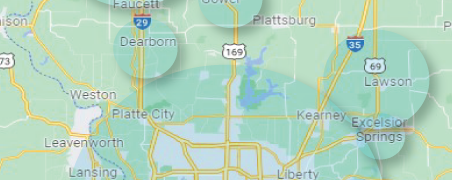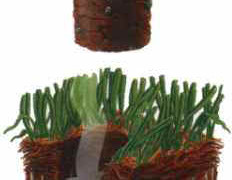Lawn Care Tip: Sod over Seed

Choosing whether to sod or seed your landscape can be a tough decision. But as with any decision, you should definitely be well-informed as to the benefits of each choice. Sod is a popular choice because of its convenience; however there are other aspects to consider.
Sod can be much more expensive than seeding because much of the work to perfect the grass has already been established. Sod is grown at professional sod farms where a specialist has taken the seeds and cultivated an almost-perfect lawn. Once the sod is ready, you will have a professionally grown and mature lawn placed on your land, and the roots are already present, so it’s just a matter of time before they take root and continue to grow. With seeds, you have to wait weeks for growth and you’re never sure if the roots will establish, so you may end up with patches throughout your landscape.
Sod is also beneficial because you don’t have to worry about any differences in terrain. If there is an incline on your yard, the sod will be molded to fit that incline and will stay put even in the event of heavy rains. With seeds, you run the risk of the soil shifting and the seeds getting washed away. Once the sod has been laid, there is relatively little start-up effort since everything is already in place. Of course you still need to water it regularly and take care of it like any other lawn, but for all intents and purposes, your lawn comes ready-made!






